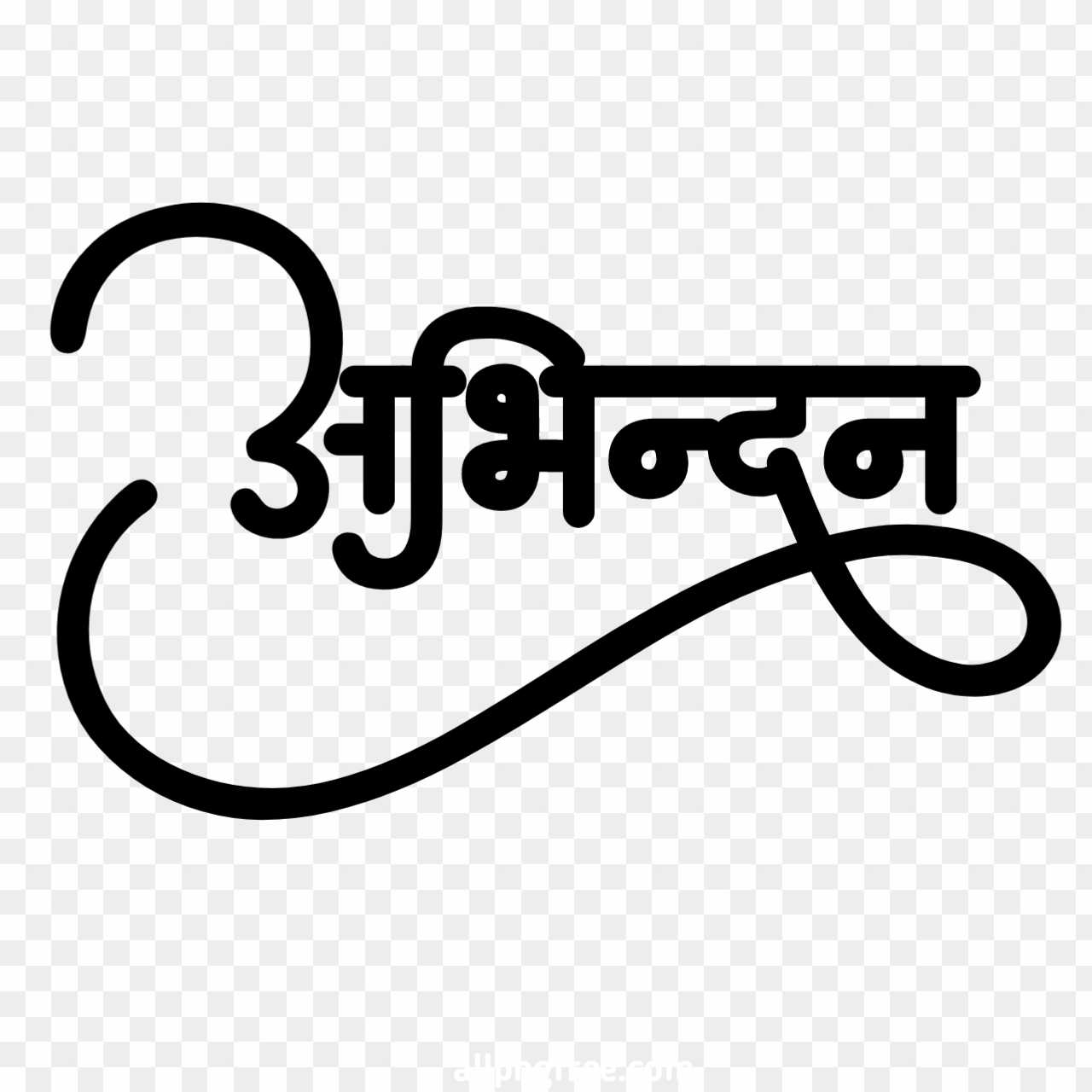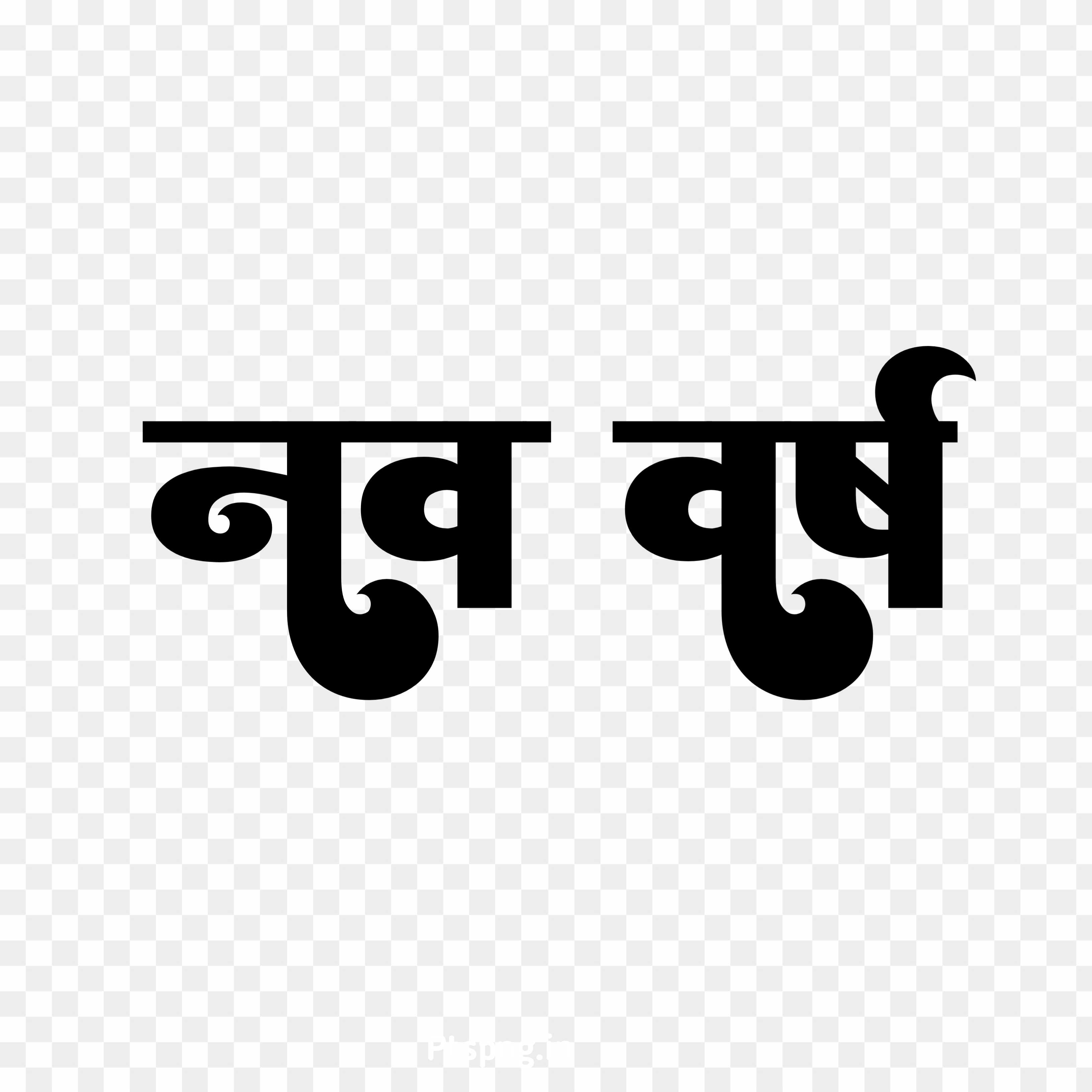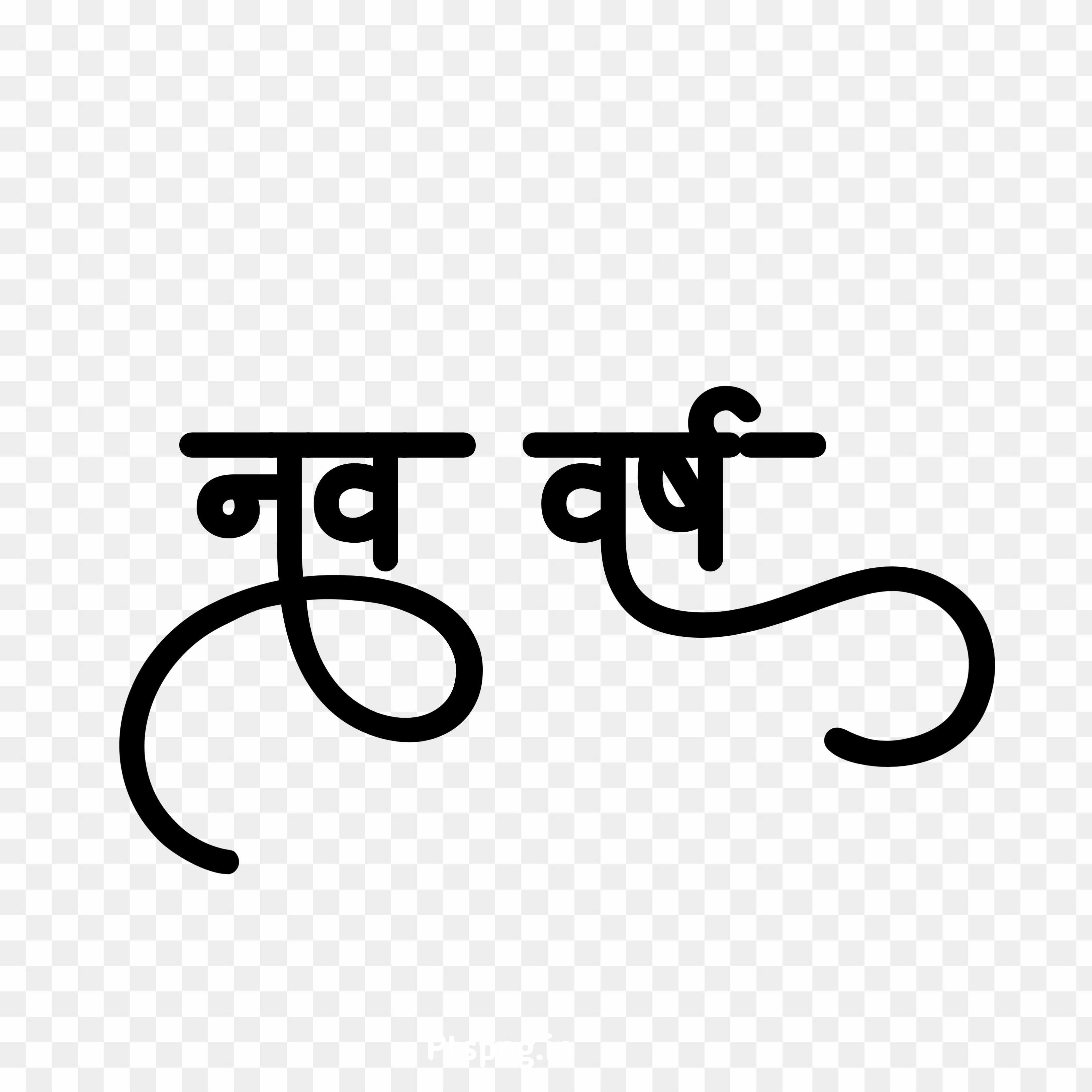I Reached In Hindi: A Comprehensive Guide To Expressing Arrival In Indian Culture
Have you ever found yourself struggling to express "I reached" in Hindi? Well, my friend, you're not alone. As the world becomes more interconnected, learning a new language, especially one as rich as Hindi, can be both exciting and challenging. Whether you're traveling to India, communicating with Hindi-speaking colleagues, or simply expanding your linguistic horizons, mastering this phrase is essential. In this article, we'll dive deep into the nuances of expressing arrival in Hindi, ensuring you're equipped with the knowledge to communicate effectively.
Let's be honest, language barriers can sometimes feel like a brick wall. You're trying to say something simple like "I reached," but suddenly, you're lost in translation. That's why we're here. This guide is designed to break down those barriers and give you the confidence you need to navigate conversations in Hindi.
We'll explore everything from basic translations to cultural nuances, making sure you're not just saying the right words but also understanding the context in which they're used. So, buckle up, and let's embark on this linguistic journey together!
Why Learning "I Reached" in Hindi Matters
Understanding how to say "I reached" in Hindi isn't just about vocabulary; it's about connecting with a vibrant culture. Hindi is one of the most spoken languages in the world, and mastering even small phrases can open doors to meaningful interactions. Imagine being able to tell your Indian friend, "Main pahunch gaya," and seeing their face light up with appreciation for your effort.
But why stop at just one phrase? Learning "I reached" in Hindi can be the gateway to learning more complex sentences and expressions. It's like building blocks for your language skills. Plus, it's always cool to surprise people with your language skills, right?
Basic Translation: "I Reached" in Hindi
Let's get straight to the point. The most common way to say "I reached" in Hindi is "मैं पहुंच गया" (Main pahunch gaya) for males and "मैं पहुंच गई" (Main pahunch gayi) for females. Notice the gender difference? Hindi, like many languages, changes verb endings based on gender. But don't worry, we'll break it down further.
Understanding Gender in Hindi
Here's the thing about Hindi: it cares about gender. A lot. So, when you're saying "I reached," make sure you're using the right form. If you're a guy, go with "मैं पहुंच गया" and if you're a lady, stick with "मैं पहुंच गई." Simple, right?
- Male: मैं पहुंच गया (Main pahunch gaya)
- Female: मैं पहुंच गई (Main pahunch gayi)
Common Variations and Alternatives
While "मैं पहुंच गया" is the go-to phrase, there are other ways to express "I reached" in Hindi. Depending on the context, you might want to use a different phrase. Here are a few alternatives:
- मैं आ गया / आ गई (Main aa gaya / Main aa gayi) - I came
- मैं वहां पहुंच गया / पहुंच गई (Main vahaan pahunch gaya / Main vahaan pahunch gayi) - I reached there
- मैं उस स्थान पर पहुंच गया / पहुंच गई (Main us sthaan par pahunch gaya / Main us sthaan par pahunch gayi) - I reached that place
When to Use These Variations
The beauty of language lies in its flexibility. Depending on the situation, you might choose one variation over another. For instance, if you're talking about reaching a specific location, "मैं उस स्थान पर पहुंच गया" might be more appropriate. If you're simply stating that you've arrived, "मैं पहुंच गया" works perfectly fine.
Grammar Breakdown: How It Works
Let's talk grammar for a sec. The phrase "मैं पहुंच गया" consists of three parts: "मैं" (I), "पहुंच" (reached), and "गया" (past tense marker for males). For females, "गया" changes to "गई." See? Not too complicated.
Here's the fun part: Hindi verbs often carry a lot of meaning. The word "पहुंच" alone means "to reach," and when combined with "गया" or "गई," it indicates that the action has already been completed. It's like saying, "I have reached."
Verb Conjugation Made Easy
Verb conjugation in Hindi can seem daunting at first, but once you get the hang of it, it's pretty straightforward. Here's a quick rundown:
- Present tense: पहुंच रहा हूँ (pahunch raha hoon) - I am reaching
- Past tense: पहुंच गया / पहुंच गई (pahunch gaya / pahunch gayi) - I reached
- Future tense: पहुंच जाऊँगा / पहुंच जाऊँगी (pahunch jaunga / pahunch jaungi) - I will reach
Cultural Insights: Context Matters
Language is more than just words; it's culture. In India, expressing arrival often comes with a certain etiquette. For example, when you reach someone's home, it's customary to greet them with a "Namaste" or "Salaam." Adding this small gesture can make a big difference in how your arrival is perceived.
Also, remember that punctuality is valued in many Indian communities. If you're late, it's polite to inform the person you're meeting. You might say, "मुझे थोड़ा देर हो गया" (Mujhe thoda der ho gaya) - I got delayed a bit.
Etiquette Tips for Expressing Arrival
Here are a few tips to keep in mind when expressing arrival in Hindi:
- Always greet the person you're meeting
- Be mindful of punctuality
- Use polite language, especially when speaking to elders or authority figures
Practical Examples: Putting It Into Practice
Let's see how you can use "I reached" in real-life situations. Imagine you're calling a friend to let them know you've arrived at their place. You might say:
"Namaste, main pahunch gaya. Tum kahan ho?" - Hello, I've reached. Where are you?
Or, if you're confirming your arrival at a meeting:
"Hello, main office mein pahunch gaya hoon." - Hello, I've reached the office.
More Examples to Try
Here are a few more examples to practice:
- मैं घर पहुंच गया (Main ghar pahunch gaya) - I reached home
- मैं स्टेशन पहुंच गया (Main station pahunch gaya) - I reached the station
- मैं बाजार पहुंच गया (Main baazar pahunch gaya) - I reached the market
Common Mistakes to Avoid
Even the best of us make mistakes when learning a new language. Here are a few common pitfalls to watch out for:
- Forgetting to change the verb ending based on gender
- Using the wrong tense for the situation
- Not pronouncing words correctly
How to Avoid These Mistakes
The best way to avoid mistakes is to practice consistently. Listen to native speakers, watch Hindi movies, and engage in conversations with Hindi-speaking friends. Over time, you'll develop an ear for the language and become more confident in your abilities.
Resources to Enhance Your Learning
If you're serious about mastering Hindi, there are plenty of resources available to help you. From language apps to online courses, the options are endless. Here are a few recommendations:
- Duolingo: A fun and interactive way to learn Hindi
- Learn Hindi Quickly: A comprehensive course for beginners
- HindiPod101: Podcasts and lessons for all levels
Why These Resources Work
These resources are designed to cater to different learning styles. Whether you prefer visual aids, audio lessons, or interactive exercises, you'll find something that suits your needs. Plus, they're often updated with the latest trends and vocabulary, ensuring you're always learning the most relevant material.
Conclusion: Take the Next Step
Learning "I reached" in Hindi is just the beginning of your linguistic journey. By mastering this phrase, you're taking a step towards understanding and connecting with a rich and diverse culture. Remember, language learning is a marathon, not a sprint. Keep practicing, stay curious, and don't be afraid to make mistakes.
So, what are you waiting for? Share this article with a friend, leave a comment below, and let us know how you're progressing in your Hindi learning journey. Together, we can break down language barriers and build bridges of understanding.
And hey, if you liked this guide, be sure to check out our other articles on language learning. There's always more to discover!
Table of Contents
- Why Learning "I Reached" in Hindi Matters
- Basic Translation: "I Reached" in Hindi
- Common Variations and Alternatives
- Grammar Breakdown: How It Works
- Cultural Insights: Context Matters
- Practical Examples: Putting It Into Practice
- Common Mistakes to Avoid
- Resources to Enhance Your Learning
- Conclusion: Take the Next Step

Good Morning Images In Hindi Font

Stylish Abhinandan Hindi text images transparent background PNG

Nav varsh Hindi text PNG images download transparent background PNG

Nav varsh Hindi text PNG images download transparent background PNG